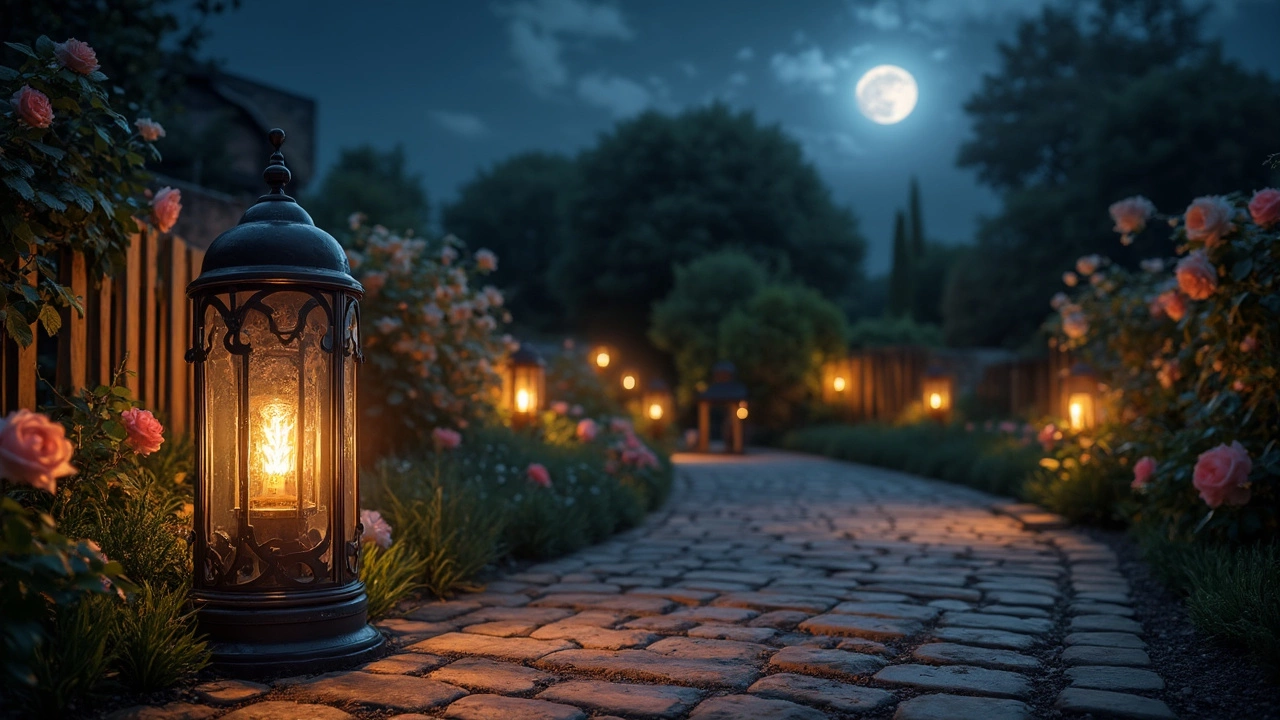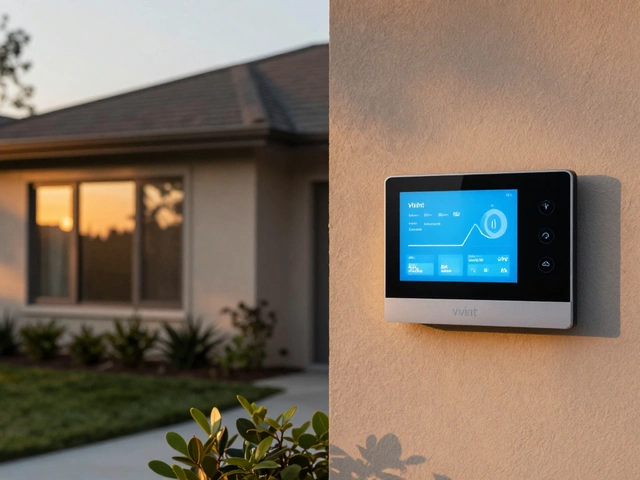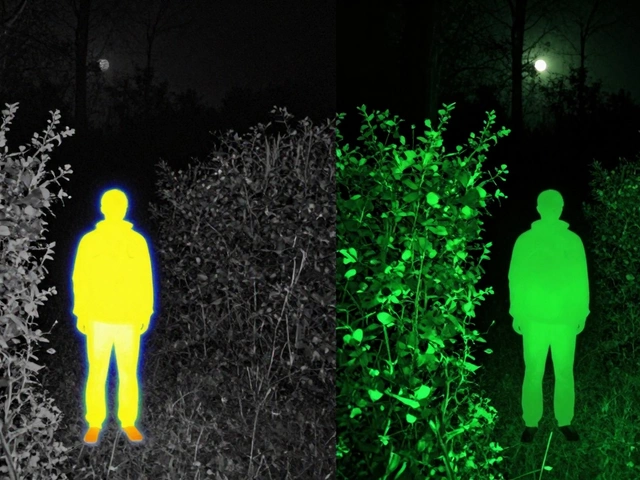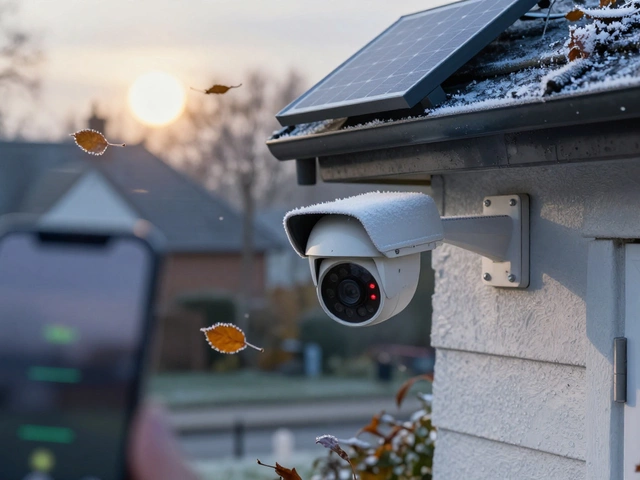Longest‑lasting LED lights: simple facts and smart picks
If you’ve bought a LED bulb that dimmed after a year, you’re not alone. Many shoppers think all LEDs last forever, but real‑world results vary. The good news? You can tell which LEDs will keep shining for years by looking at a few key details.
What makes an LED last longer?
First off, LED lifespan isn’t just a number on the box. It’s a mix of heat management, component quality, and how you use the light. LEDs generate heat at the base, and if that heat can’t escape, the tiny chips inside break down faster. Good manufacturers add heat‑sinks, use better silicone, and seal the bulb to keep moisture out. Those design choices add up to a higher “rated life” – usually quoted in hours like 25,000 or 50,000.
Second, the driver (the tiny circuit that powers the LED) matters. Cheap drivers can over‑voltage the chip, cutting the life in half. Look for bulbs that list a “rated driver” or “constant current” design. That’s a sign the maker took the extra step to protect the light.
How to pick the longest‑lasting LED for your home
1. **Check the lumens per watt** – Higher efficiency usually means less heat, which means longer life. A 10‑watt bulb giving 1,000 lumens is a better bet than a 12‑watt bulb giving the same brightness.
2. **Read the warranty** – Reputable brands back their bulbs with at least a 3‑year warranty. If a bulb fails early, the company will replace it, saving you money.
3. **Match the environment** – Outdoor or damp areas need bulbs with an IP rating (e.g., IP44). Those bulbs have extra sealing, which prevents corrosion and extends life.
4. **Avoid constant dimming** – Dimming LEDs constantly can stress the driver. If you love dimming, pick a bulb that’s specifically rated for dimmer use.
5. **Buy from trusted brands** – Names like Philips, Osram, and GE have a track record of quality. Generic store‑brand LEDs might look cheap, but they often drop in brightness after a few thousand hours.
Once you’ve installed a good LED, keep it clean. Dust on the surface acts like a blanket, trapping heat. A quick wipe with a dry cloth every few months helps the bulb stay cool.
Finally, consider the total cost of ownership, not just the upfront price. A $5 bulb that fails in a year can cost more than a $12 bulb that lasts ten years because you’ll spend more on replacements and the hassle of swapping them out.
By checking heat‑sink design, driver quality, efficiency, warranty, and the right fit for your space, you’ll end up with LED lights that truly live up to their “long‑lasting” label. Your wallet and the planet will thank you when the lights stay bright for years without a flicker.






